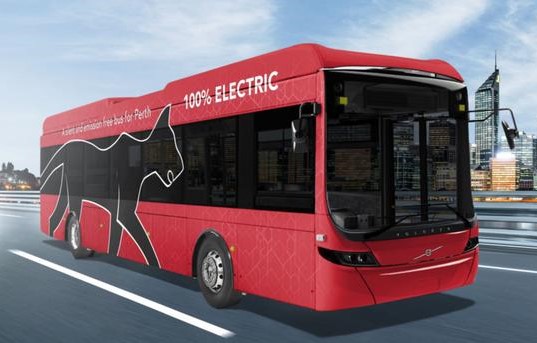Western Australia’s First Electric Bus Powered by TESVOLT Batteries
- Tesvolt Australia
- Feb 10, 2022
- 2 min read

Tesvolt batteries have been selected to provide the energy storage solution for Western Australia’s (WA) first electric public transport e-bus.
The initiative marks a major step forward in sustainable public transport practices with the state government currently trialling the battery-electric bus on the busy 5km Joondalup CAT (central area transit) route.
This milestone project is designed using a high voltage EV fast charging station, 100 kW solar photovoltaic array and Tesvolt 307 kWh High Voltage Battery Storage System. The modular Tesvolt battery system stores surplus Solar PV energy generated during the day which is used to recharge the electric bus at the depot overnight with 100% green power.
Electric buses present a crucial opportunity to reduce the carbon footprint of WA’s public transport sector. "Trialling new, green technology is a great use of our public transport network - already one of the most environmentally friendly ways to get around Perth” explained Western Australian Transport Minister Rita Saffioti, "over time, we hope to introduce electric buses on other parts of the Transperth network” she added.
Tesvolt energy storage technology is recognised as leading the global transition to electric vehicles. Tesvolt’s high performance storage technology has a proven record of efficiency and reliability with Tesvolt batteries currently powering Europe’s largest charging park for electric vehicles located in Germany (more details about this project here)
“Tesvolt smart technology uniquely supports fast electric vehicle charging with maximum depth of discharge and many guaranteed cycles ensuring a sustainable, safe and long-lasting investment” explained George Zsolt Zombori, CEO, Unlimited Energy Australia “furthermore Tesvolt technology is modular allowing the system to grow with future demands”.
Find out more about the advantages of Tesvolt technology for electric vehicle charging here
We are proud to be part of the solution for the first battery-electric bus in WA, an important step towards the reduction of the public transport sectors carbon emissions.
LINKS













